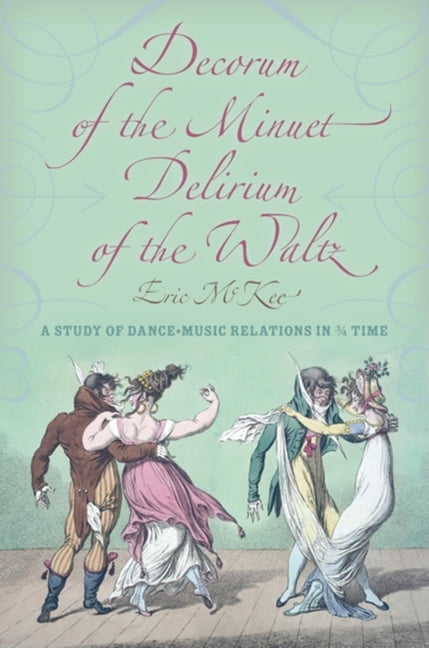

Bach visited Dresden and both composers knew the violinist Johann Georg Pisendel. In the late 17C, Christian Petzold became the organist at Sophia’s Church in Dresden. 115 and the two minuets are intended to be played as a pair. It is a companion piece to the Minuet in G minor BWV Anh. This is a piece that is included in the Anna Magdalena Notebook 1725 notebook and until 1970, it was attributed to Johann Sebastien Bach however it is now thought to have been written by Christian Petzold. Later on it is thought the Carl Philipp Eamanual Bach added to the initials “Anna Magdal Bach”. and the date 1725 are stamped on the front in gold lettering. The Anna Magdalena Bach Notebook of 1725 is covered in green with a gold border and has two locks and a red satin ribbon. After Anna Magdalena’s death, the 1725 Notebook came into the possession of her stepson, Carl Philipp Emmanuel Bach. Some of the other composers include Francois Couperin, Georg Böhm and possibly some of his sons such as Carl Philipp Emmanuel Bach. The second notebook of 1725 contains pieces composed by Bach but also contains pieces by other composers and friends. The first notebook of 1722 contains pieces composed by Bach himself. There is a wide range of pieces in these notebooks - there are chorales, arias and solo harpsichord pieces amongst them.

It contains selections and entries by various family members over a period of time. These notebooks served as both a family journal and a medium of instruction. She died in poverty on the 27th February 1760 and was buried in an unmarked pauper’s grave at Leipzig’s St John’s Church.Īnna Magdalena Bach is best known by the two musical notebooks compiled and given to her by her husband, Johann Sebastien Bach. Possibly the only family member who helped her was Carl Philipp Emmanuel Bach, her stepson from Bach’s first marriage whose letters show he provided her with regular financial assistance. She became increasingly dependent on charity and handouts from the city council. Anna Magdalena was left alone, with no financial support from family members, to care for herself and her two daughters as well as her step-daughter from Bach’s first marriage. Johann Christoph and Maria Sophia (1713 - 1713)Īpparently, after the death of Johann Sebastien Bach in 1750, his sons came into conflict over the division of his estate and moved on in separate directions. Johann Christian, the ‘London’ Bach (1735 - 1782) Johann Christoph Friedrich, the ‘Bückberg’ Bach (1732 - 1795) On her marriage, Anna Magdalena became a step-mother to Bach’s children from his first marriage and she gave birth to 13 children, of whom six survived to adulthood.Ĭhristiana Sophia Henrietta (1723 - 1726)Įlisabeth Julian Friederica (1726 - 1781) Anna Magdalena organised regular musical evenings featuring the whole family playing and singing together. A few of Bach’s works survive only in her hand. She also would complete the performing parts for cantatas to be sung in Leipzig churches. She often worked as a copyist, transcribing her husband’s music which she sold as a means to contribute to the family’s income. Anna Magdelena Bach continued to sing professionally after her marriage and it is thought that the Bachs’ shared interest in music contributed to their happy marriage. They were married on the 3rd December 1721, 17 months after his first wife, Maria Barbara Bach, had died. This is where Johann Sebastien Bach had been working as Capellmeister (director of music) since 1717. In 1721 Anna Magdelena was working as a singer (she was a soprano) at the court of Anhalt-Cöthen. Her father was a trumpet player and her mother was the daughter of an organist. Anna Magdalena Bach’s came form a musical family.


She was born on the 22nd September 1701 and died on the 27th February 1760. Anna Magdalena Bach née Wilcke or Wilcken was a singer and the second wife of Johann Sebastien Bach.


 0 kommentar(er)
0 kommentar(er)
